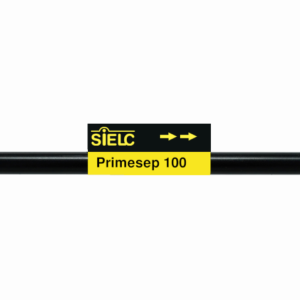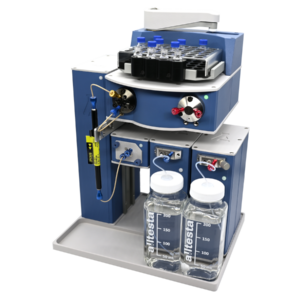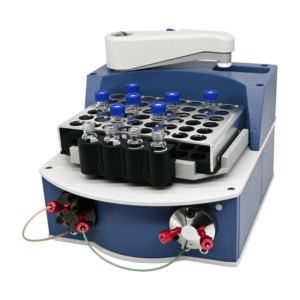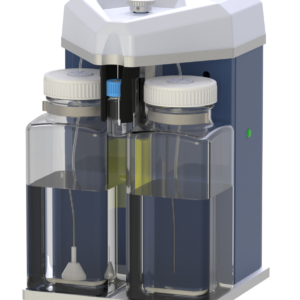HPLC Method for Choline on Primesep 100 by SIELC Technologies
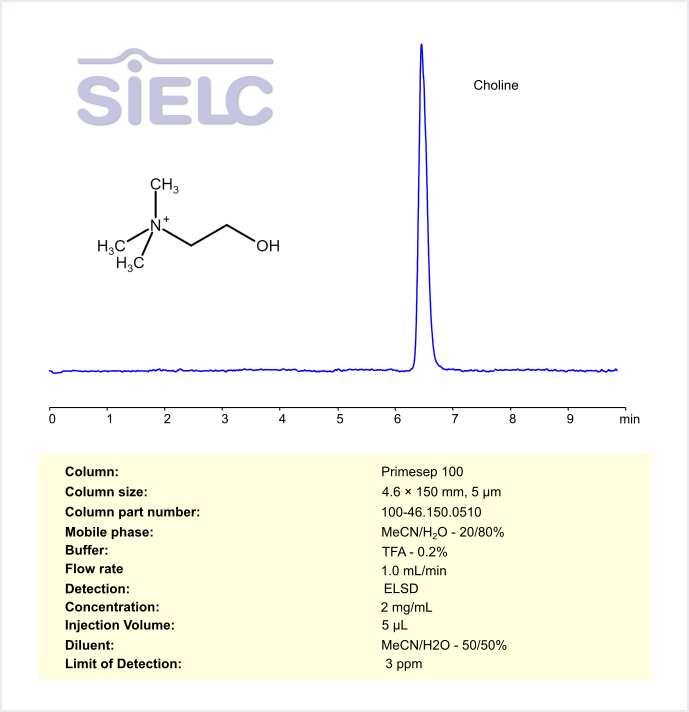
High Performance Liquid Chromatography (HPLC) Method for Analysis of Choline
Choline is an essential nutrient that plays a vital role in many physiological processes in the body. While it is not classified as a vitamin or mineral, it is often grouped with the B-complex vitamins due to its similar functions.
Sources of Choline:
Choline can be obtained through diet and is found in a variety of foods:
Rich Sources:
Eggs (especially the yolks)
Liver (beef and chicken)
Fish (salmon and cod)
Soybeans and soy products
Moderate Sources:
Broccoli
Brussels sprouts
Peanuts
Whole grains
Supplements:
Choline supplements, such as choline bitartrate, phosphatidylcholine, or citicoline, are available for those who may have difficulty getting enough through diet alone.
Choline can be retained, and analyzed using a Primesep 100 mixed-mode stationary phase column. The analysis utilizes a gradient method with a simple mobile phase consisting of water, acetonitrile (MeCN), and TFA as a buffer. Detection is carried out using ELSD
| Column | Primesep 100, 4.6 x 150 mm, 5 µm, 100 A, dual ended |
| Mobile Phase | MeCN 40% |
| Buffer | Ammonium Formate pH 3.0 – 40 mM |
| Flow Rate | 1 ml/min |
| Detection | ELSD, the nebulizer and evaporator temperatures 50°C, with a gas flow rate of 1.6 Standard Liters per Minute (SLM) |
| LOD* | 3 ppm |
*LOD was determined for this combination of instrument, method, and analyte, and it can vary from one laboratory to another even when the same general type of analysis is being performed.
| Class of Compounds | Quaternary ammonium compounds (QACs) |
| Analyzing Compounds | Choline |
Application Column
Primesep 100
Column Diameter: 4.6 mm
Column Length: 150 mm
Particle Size: 5 µm
Pore Size: 100 A
Column options: dual ended

